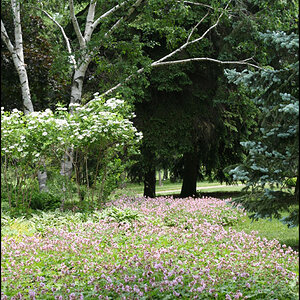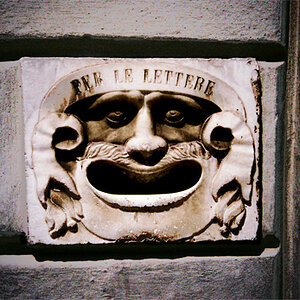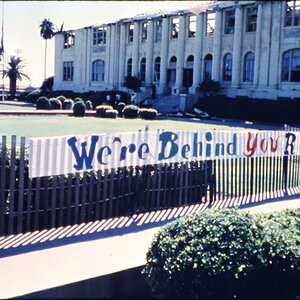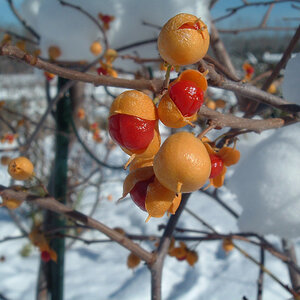scythefwd
TPF Noob!
- Joined
- Aug 9, 2014
- Messages
- 22
- Reaction score
- 0
- Location
- United States
- Can others edit my Photos
- Photos NOT OK to edit
OK, JUST getting into photography. I have a pentax q10 that will be my primary shooter, because its easy to work with and instant gratification...
I also have a an old minolta 35mm slr that I want to play with.
F stop = depth of field.. larger stop, less area that can be in focus (distance wise) yes?
Focal length - determines how much FOV you have at the same distance.. - how is this different than zoom??
Shutter speed - must be matched to stop and light for proper exposure.. faster iso equiv.. faster shutter, brighter light, faster shutter, higher stop, faster shutter as light permits??
I plan on using the older minolta lenses I havefor the 35mm slr I plan on using with an adapter on the pentax. The pentax has a 1/2.3 sensor, and from what I'm seeing.. a crop factor of 5.33 or so? So a native lens will be marked at its 35mm equivilent yes (is that the standard??) and my 50mm lens will perform more like a 280mm lens in the fov dept yes?? is that roughly accurate?
I also have a an old minolta 35mm slr that I want to play with.
F stop = depth of field.. larger stop, less area that can be in focus (distance wise) yes?
Focal length - determines how much FOV you have at the same distance.. - how is this different than zoom??
Shutter speed - must be matched to stop and light for proper exposure.. faster iso equiv.. faster shutter, brighter light, faster shutter, higher stop, faster shutter as light permits??
I plan on using the older minolta lenses I havefor the 35mm slr I plan on using with an adapter on the pentax. The pentax has a 1/2.3 sensor, and from what I'm seeing.. a crop factor of 5.33 or so? So a native lens will be marked at its 35mm equivilent yes (is that the standard??) and my 50mm lens will perform more like a 280mm lens in the fov dept yes?? is that roughly accurate?







![[No title]](/data/xfmg/thumbnail/40/40297-5b7d12c4c72c43b505a6f575d338d573.jpg?1619739411)



![[No title]](/data/xfmg/thumbnail/36/36399-041c9ebc3a39e89ec8e39243c0d43528.jpg?1619737551)
![[No title]](/data/xfmg/thumbnail/39/39191-629bf2c0bb5afb4619be296cd91b9517.jpg?1619738907)


![[No title]](/data/xfmg/thumbnail/37/37138-63809b91a8061d61d48c541f18a69861.jpg?1619737885)

